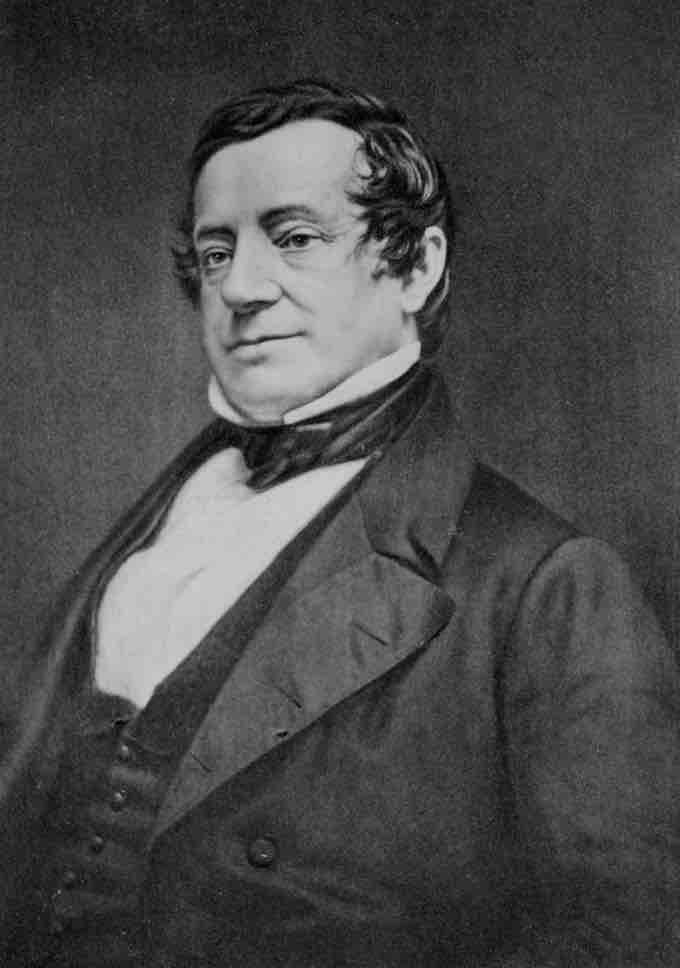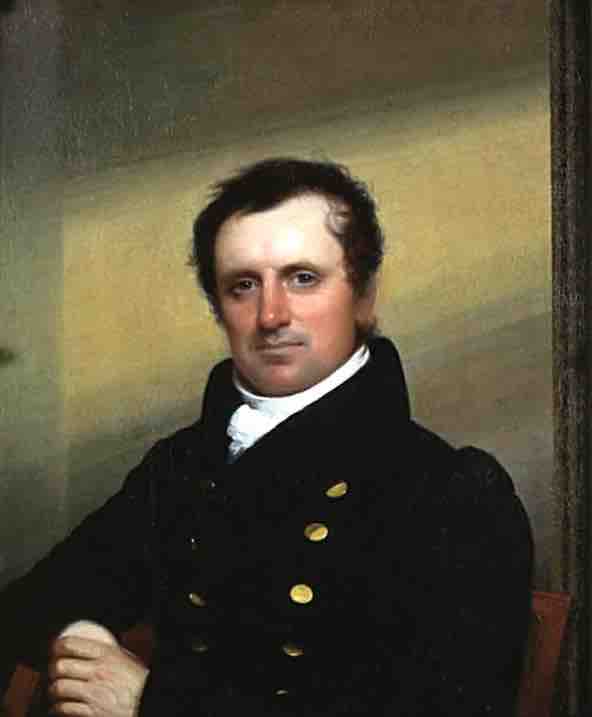American Romanticism
The European Romantic movement reached America during the early 19th century. Like the Europeans, the American Romantics demonstrated a high level of moral enthusiasm, commitment to individualism and the unfolding of the self, an emphasis on intuitive perception, and the assumption that the natural world was inherently good while human society was filled with corruption.
Romanticism became popular in American politics, philosophy, and art. The movement appealed to the revolutionary spirit of America as well as to those longing to break free of the strict religious traditions of the early settlement period. The Romantics rejected rationalism and religious intellect. It appealed especially to opponents of Calvinism, a Protestant sect that believes the destiny of each individual is preordained by God.
Relation to Trascendentalism
The Romantic movement gave rise to New England transcendentalism, which portrayed a less restrictive relationship between God and the universe. The new philosophy presented the individual with a more personal relationship with God. Transcendentalism and Romanticism appealed to Americans in a similar fashion; both privileged feeling over reason and individual freedom of expression over the restraints of tradition and custom. Romanticism often involved a rapturous response to nature and promised a new blossoming of American culture.
Romantic Themes
The Romantic movement in America was widely popular and influenced American writers such as James Fenimore Cooper and Washington Irving. Novels, short stories, and poems replaced the sermons and manifestos of earlier days. Romantic literature was personal and intense; it portrayed more emotion than ever seen in neoclassical literature.
America's preoccupation with freedom became a great source of motivation for Romantic writers, as many were delighted in free expression and emotion without fear of ridicule and controversy. They also put more effort into the psychological development of their characters, and the main characters typically displayed extremes of sensitivity and excitement. The works of the Romantic Era also differed from preceding works in that they spoke to a wider audience, partly reflecting the greater distribution of books as costs came down and literacy rose during the period. The Romantic period also saw an increase in female authors and readers.
Prominent Romantic Writers
Romantic poetry in the United States can be seen as early as 1818 with William Cullen Bryant's "To a Waterfowl". American Romantic Gothic literature made an early appearance with Washington Irving's The Legend of Sleepy Hollow (1820) and Rip Van Winkle (1819), followed from 1823 onwards by the Leatherstocking Tales of James Fenimore Cooper. In his popular novel Last of the Mohicans, Cooper expressed romantic ideals about the relationship between men and nature. These works had an emphasis on heroic simplicity and fervent landscape descriptions of an already-exotic mythicized frontier peopled by "noble savages". Edgar Allan Poe's tales of the macabre and his balladic poetry were more influential in France than at home, but the romantic American novel developed fully with the atmosphere and melodrama of Nathaniel Hawthorne's The Scarlet Letter (1850).
Later transcendentalist writers such as Henry David Thoreau and Ralph Waldo Emerson still show elements of its influence and imagination, as does the romantic realism of Walt Whitman. Emerson, a leading transcendentalist writer, was highly influenced by romanticism, especially after meeting leading figures in the European romantic movement in the 1830s. He is best known for his romantic-influenced essays such as “Nature” (1836) and “Self-Reliance" (1841). The poetry of Emily Dickinson—nearly unread in her own time—and Herman Melville's novel Moby-Dick can be taken as epitomes of American Romantic literature. By the 1880s, however, psychological and social realism were competing with Romanticism in the novel.

Washington Irving, American Writer and Historian
Washington Irving's writings, such as the Legends of Rip Van Winkle and Sleepy Hollow, contained romantic elements such as the celebration of nature and romantic virtues such as simplicity.

James Fenimore Cooper, American novelist and political writer
In his popular novels, such as Last of the Mohicans, James Fenimore Cooper expressed romantic ideals about the relationship between men and nature.